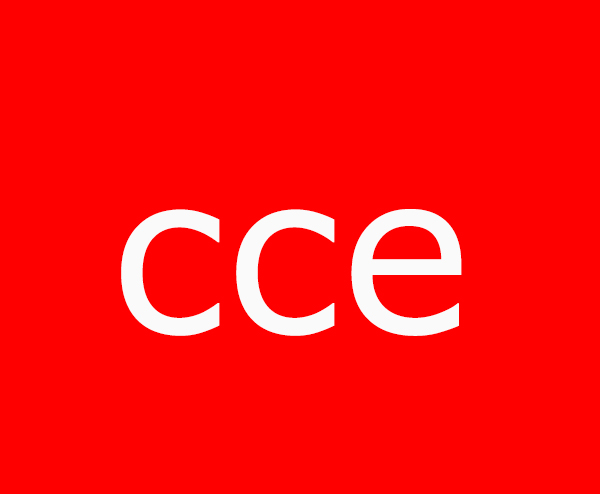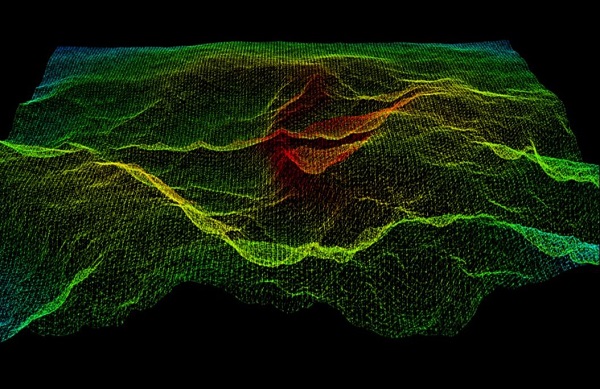In recent years, Light Detection and Ranging (LiDAR) technology has revolutionized the surveying landscape, significantly enhancing the accuracy, efficiency, and capability of geospatial data collection.
By using laser light to measure distances, LiDAR enables surveyors to create precise 3D models of the Earth’s surface, capturing details that traditional surveying methods might miss.
This article delves into how LiDAR technology is transforming the surveying landscape, its applications, benefits, challenges, and future prospects.
What is LiDAR Technology?
LiDAR technology involves emitting laser pulses from a sensor mounted on an aircraft, drone, or ground-based platform. These laser pulses bounce off objects and return to the sensor, measuring the time it takes for the light to return. By calculating the distance to the objects based on this time measurement, LiDAR systems can generate highly accurate 3D point clouds that represent the surveyed area.
LiDAR can be categorized into two main types:
- Airborne LiDAR: Conducted from aircraft or drones, this method covers large areas and is ideal for mapping terrain, forests, and urban environments.
- Terrestrial LiDAR: Ground-based systems are used for detailed measurements of specific structures or landscapes, making them suitable for construction sites, archaeological sites, and infrastructure assessments.
Applications of LiDAR Technology
LiDAR technology has a broad range of applications across various industries, including:
- Topographic Mapping: LiDAR provides high-resolution topographic maps with precise elevation data, enabling detailed landscape analysis for urban planning, environmental studies, and flood risk assessments.
- Forestry Management: By accurately measuring tree heights, canopy structure, and biomass, LiDAR assists in forest inventory management, ecological research, and sustainable logging practices.
- Transportation Infrastructure: LiDAR is invaluable for assessing road and rail networks, providing data for design, maintenance, and safety evaluations. It enables the identification of potential hazards and supports route optimization.
- Construction and Civil Engineering: Surveyors use LiDAR for site surveys, ensuring accurate data collection during the design and construction phases. This technology allows for real-time monitoring of project progress and minimizes costly delays.
- Environmental Monitoring: LiDAR plays a crucial role in monitoring changes in land use, erosion, and habitat loss. Its ability to capture data in areas that are difficult to access makes it essential for environmental assessments.
- Archaeology: LiDAR can penetrate forest canopy and reveal archaeological features hidden beneath vegetation, leading to new discoveries and insights into historical landscapes.
Benefits of LiDAR Technology
The adoption of LiDAR technology in surveying offers numerous advantages, including:
- High Accuracy and Precision: LiDAR data provides a level of detail and accuracy that surpasses traditional surveying methods. With vertical accuracy often within a few centimeters, surveyors can trust the data for critical applications.
- Efficiency and Speed: LiDAR significantly reduces the time required for data collection. Airborne LiDAR can cover large areas quickly, while terrestrial LiDAR allows for fast, detailed scans of specific locations.
- 3D Visualization: The ability to create 3D models enhances the understanding of complex landscapes, making it easier for stakeholders to visualize projects and outcomes.
- Data Richness: LiDAR captures vast amounts of data, including information about vegetation, terrain, and infrastructure. This richness enables comprehensive analysis and informed decision-making.
- Non-Intrusive Method: LiDAR can be deployed without disturbing the environment, making it suitable for sensitive areas, such as archaeological sites and protected landscapes.
Challenges and Considerations
Despite its many advantages, the integration of LiDAR technology into surveying practices is not without challenges:
- Cost: While prices have decreased, high-quality LiDAR equipment and processing software can still be expensive, particularly for smaller firms or projects with limited budgets.
- Data Processing and Analysis: LiDAR generates massive datasets that require specialized software and expertise to process and interpret effectively. This can be a barrier for some surveyors who may lack the necessary skills or resources.
- Limited Penetration in Certain Environments: Although LiDAR is effective in many settings, dense vegetation and urban canyons can hinder the accuracy of data collection. In such cases, combining LiDAR with other surveying methods may be necessary.
- Regulatory and Legal Issues: The use of drones for airborne LiDAR surveys is subject to regulations that vary by region. Surveyors must navigate these regulations to ensure compliance.
Future Prospects of LiDAR Technology
As technology continues to evolve, the future of LiDAR in the surveying landscape looks promising:
- Integration with Other Technologies: The convergence of LiDAR with Geographic Information Systems (GIS), artificial intelligence (AI), and machine learning will enhance data analysis capabilities, enabling more sophisticated applications and insights.
- Advancements in UAV Technology: The increasing use of drones for LiDAR surveys will further improve data collection efficiency and accessibility, allowing for more widespread adoption in various sectors.
- Real-Time Data Collection: Future LiDAR systems may incorporate real-time data collection and processing capabilities, allowing surveyors to make immediate decisions based on up-to-date information.
- Expanded Applications: As awareness of LiDAR’s potential grows, new applications in sectors like renewable energy (e.g., wind farm site selection), mining, and disaster management are likely to emerge.
Conclusion
LiDAR technology is undeniably transforming the surveying landscape, offering unprecedented accuracy, efficiency, and versatility.
Its wide-ranging applications are making it an essential tool in various industries, from construction to environmental management.
Despite challenges such as cost and data processing, the future of LiDAR holds great promise, with ongoing advancements set to further enhance its capabilities.
As surveyors embrace this technology, they will be better equipped to tackle complex projects and contribute to informed decision-making in our ever-evolving world.
Also Read
Understanding Boundary Surveys: Protecting Your Property Rights
From 2D to 3D: The evolution of surveying in modern construction

